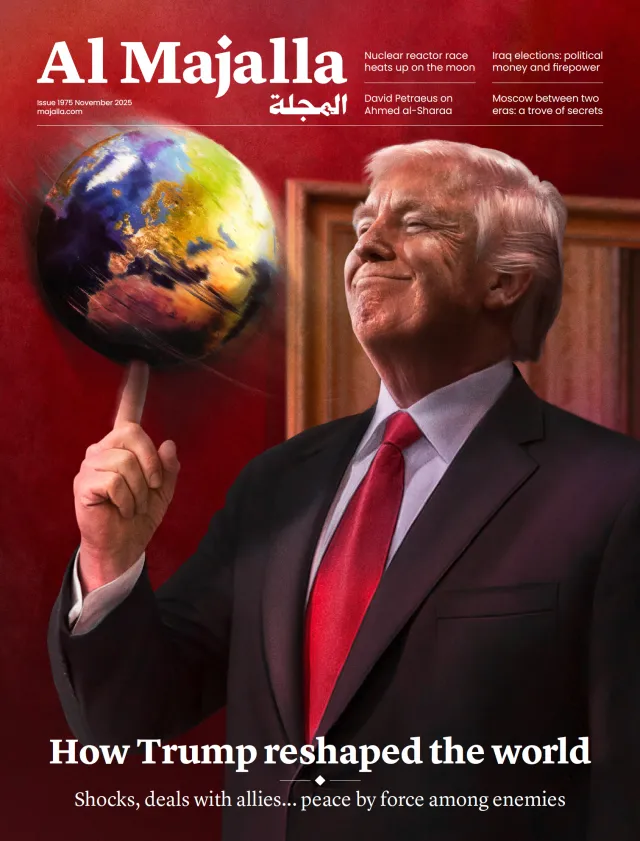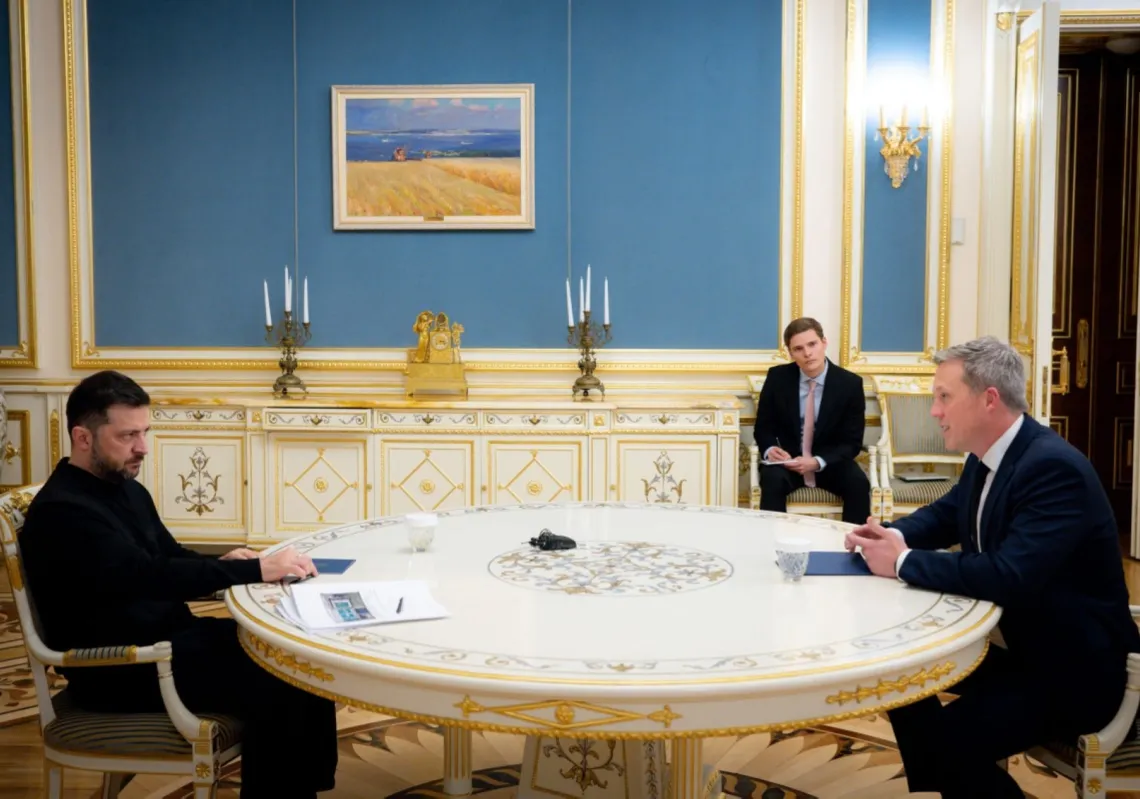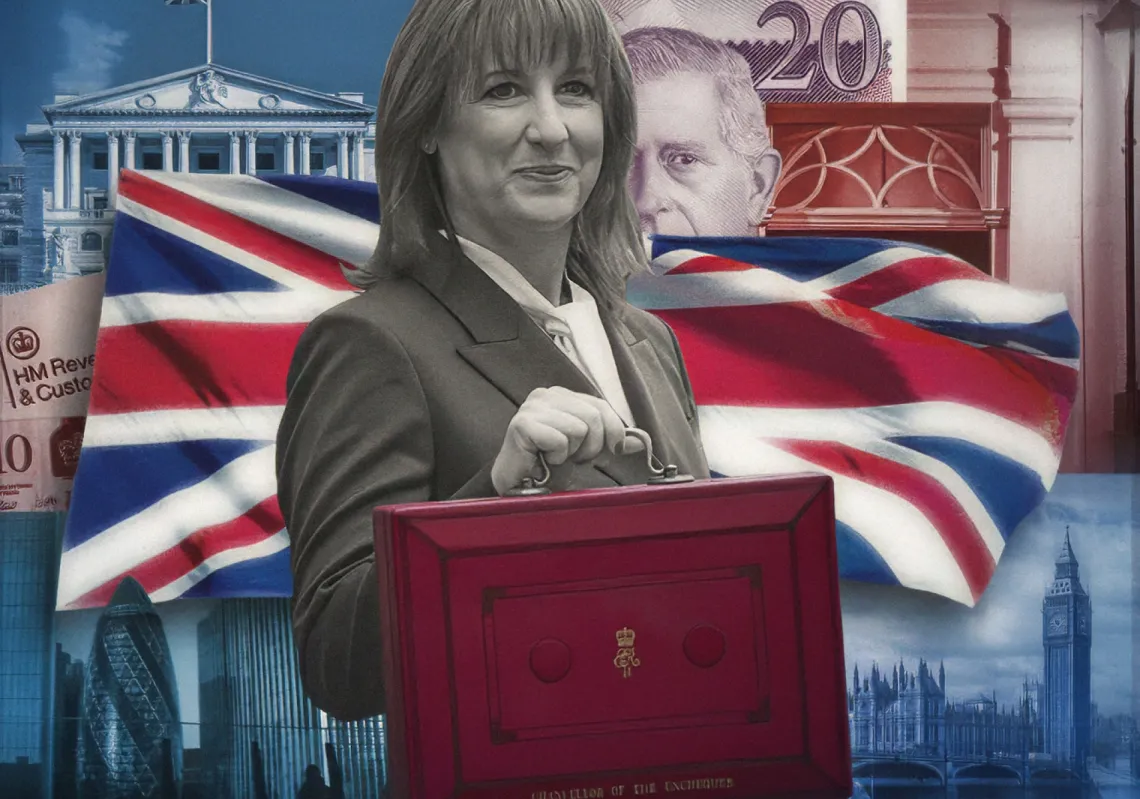National reconciliation in Libya is not impossible, despite existing regional and international geopolitical hurdles.
It is crucial to end the violence and achieve reconciliation to conduct elections, reunite the country, and bring an end to the civil war between its former allies-turned-opponents, which has been fuelled by external aid since the Arab Spring revolution led to the overthrow of Colonel Muammar Gaddafi in 2011.
William Burns, the CIA’s director, recently met with Abdul Hamid Dbeibeh, prime minister of the Government of National Unity, in Tripoli, and Field Marshal Khalifa Haftar, commander of the Libyan National Army, in Benghazi.
Today we were very pleased to welcome CIA Dir. William Burnsto Libya. We had fruitful exchanges about cooperating on issues of security, paving the way towards stability and elections in . Looking forward to translating these excellent initiatives into concrete steps soon. pic.twitter.com/wjNDjm8R5I
— Dr. Najla Elmangoush (@NajlaElmangoush) January 12, 2023
This visit by Washington’s envoy shows that the US and other nations are fed up with the senseless war in Libya and want to put an end to it before the conflict escalates further — exacerbating disputes and terrorism already affecting regions in Africa, the Middle East, and the Mediterranean.
Libya, under the Gaddafi regime, was responsible for numerous acts of terrorism against various countries, including the bombing of a Pan-American plane over Lockerbie, Scotland in the late 1980s.
Washington believes that Libya is still a haven for potential terrorist operations, which the two rival governments may not be able to control.
In his first report to the UN Security Council, Abdoulaye Bathily, the new UN envoy to Libya, expressed concerns about the internal situation in the country and noted that some leaders are ‘actively hindering progress towards elections.’
Fears are increasing that the current division of Libya will become a fait accompli imposed by the forces controlling the land and their foreign supporters.
According to a new report outlining potential developments in 2023 from Stratfor, a private intelligence firm, the Middle East and North Africa region (Mena) is expected to face another tumultuous year.
There are real fears that any failure to hold successful elections in Libya could reignite the war and create a new arena for tension between Nato and Russia.
Libya’s location between Europe, Africa, the Middle East, and the Mediterranean, may also become indirectly linked to the war in Ukraine — especially since Turkey is one of its key players.
TURKEY TO LIBYA 1,360 MILES
BY AIR IT IS 3 HOURShttps://t.co/pV15ub1bOt
mediterranean-map | Europe map, Map of the mediterranean, Sea map pic.twitter.com/uDCnSq0ECZ
— ROBIN DONALD (@ROBINDONALD35) September 10, 2020
Libya is a large country, covering an area of 1.76 million square kilometres, with a population of approximately seven million people, giving it a population density of four people per square kilometre.
A volatile neighbourhood
Acting as a bridge between North Africa and the Middle East, as well as between the Sahara Desert and the Mediterranean Sea, Libya is bordered by countries that experience political and economic instability.
There are also nearby wars and conflicts, including Sudan in the southeast and Niger and Chad in the south. On its part, the Wagner Group, a Russian paramilitary organisation, is operating in the region near the Sahel in the southwestern area.
Along the Sahara, there are also numerous active terrorist groups, human traffickers, and weapons and drug smugglers spanning millions of kilometres. Criminal gangs control an illegal immigration route into Europe, mainly Italy.
These militias benefit from the export of smuggled oil, as intermediaries and dealers from some African governments receive a share from contraband trade, which is permitted by extremist religious groups under the guise of fighting their enemies.
Security is not the only issue of concern to those interested in Libya’s affairs.

The country hosts the largest oil reserves in Africa, with over 48 billion barrels, accounting for 40% of the continent’s reserves and around 3% of the worldwide total.
















